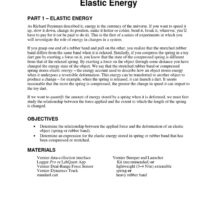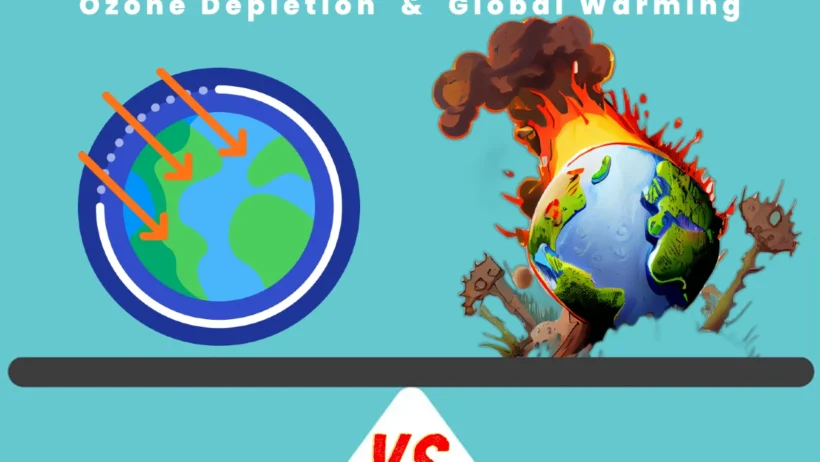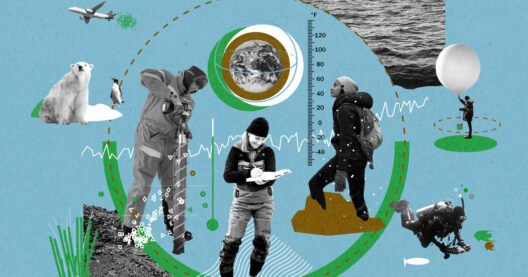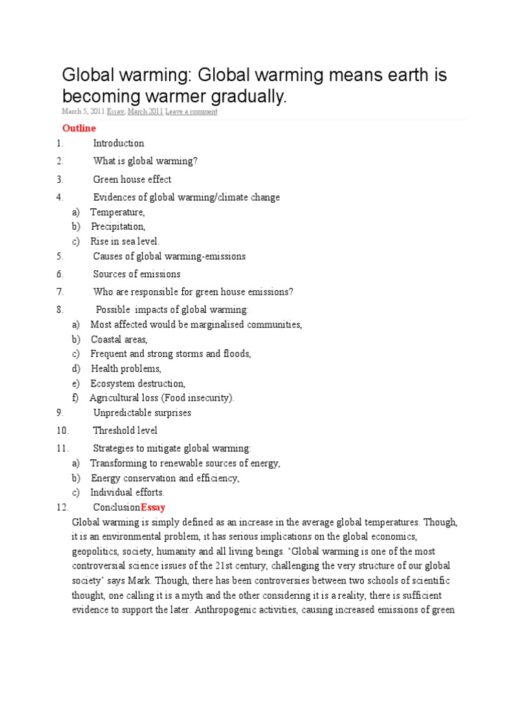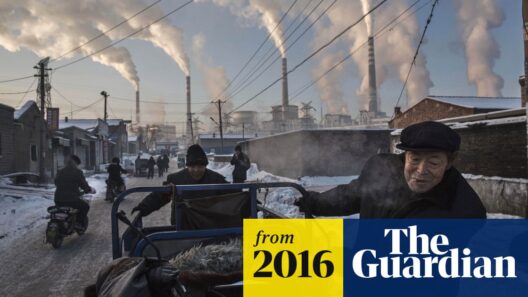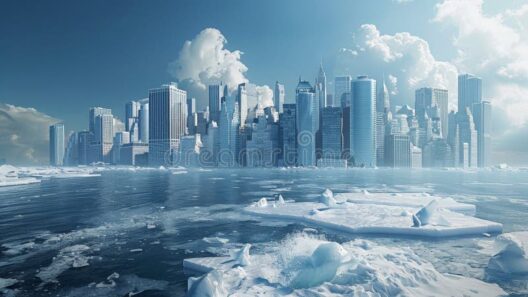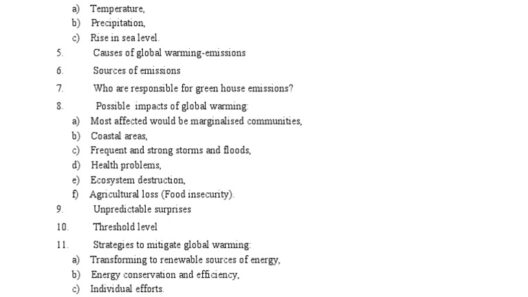In the complex ecosystem of the Earth’s atmosphere, two prominent environmental phenomena often find themselves at the forefront of discourse: ozone depletion and global warming. While seemingly distinct in their implications and effects, these two issues are intrinsically interconnected, akin to two threads in the vast tapestry of climate change.
The ozone layer, a protective shield composed predominantly of ozone (O3) molecules, resides primarily in the stratosphere, approximately 10 to 30 miles above the Earth’s surface. This layer absorbs the majority of the sun’s harmful ultraviolet (UV) radiation. Without it, the Earth would become increasingly inhospitable—an ecosystem stripped of essential protection from the sun’s lethal rays.
On the other hand, global warming signifies the rise in Earth’s average surface temperature due to the accumulation of greenhouse gases (GHGs), such as carbon dioxide (CO2), methane (CH4), and nitrous oxide (N2O). These gases act like a thick quilt, trapping heat within the atmosphere and consequently altering global climatic patterns. The consequences include melting polar ice, rising sea levels, and increasingly erratic weather patterns.
Illustrating the Distinctions
Ozone depletion and global warming can be likened to two dancers performing in tandem yet possessing distinct styles. The former is often choreographed by humanity’s use of chlorofluorocarbons (CFCs) and other halogenated substances that erode ozone molecules. The latter, however, is driven primarily by the burning of fossil fuels, deforestation, and various industrial activities that unleash GHGs into the atmosphere.
While one phenomenon occurs primarily in the stratosphere, the other is anchored in the troposphere—the layer of the atmosphere closest to the Earth’s surface. This geographic distinction is vital in understanding their differing environmental impacts. Ozone depletion culminates in an increased intensity of UV radiation, consequently endangering human health and biodiversity. Conversely, global warming manifests through more subtle but pervasive effects—disruption of weather patterns, loss of habitat, and increased frequency of natural disasters.
Interconnectedness of Issues
Despite their differences, the relationship between ozone depletion and global warming is noteworthy. The depletion of the ozone layer has implications for global warming, and vice versa. For instance, the interplay of gases involved in both phenomena reveals a complex web of cause and effect. The CFCs responsible for ozone depletion also exert a greenhouse effect, exacerbating warming. In essence, the environmental health of our planet can be compared to a precariously balanced scale, where the slightest shift in one component can drastically alter the equilibrium of the entire system.
Furthermore, changes in temperature and climate caused by global warming can influence the behavior and composition of ozone-depleting substances in the atmosphere. Warmer temperatures can lead to altered patterns of atmospheric circulation, which may, in turn, affect the distribution of ozone, exacerbating depletion. Such feedback loops are critical in understanding the full scope of human impact on the environment.
Public Perception and Policy Response
Public awareness and governmental response towards these two issues have evolved considerably over the past few decades. The Montreal Protocol of 1987 is a significant milestone that illustrates the efficacy of international cooperation in tackling ozone depletion. This treaty led to the phasing out of nearly 98% of the substances responsible for ozone depletion, showcasing humanity’s ability to unite for a common cause, highlighting a unique appeal to collective action in environmental protection.
In contrast, a unified global response to global warming has lagged, hindered by economic interests and political complexities. The clear segmentation between the urgency of combating ozone depletion and the gradual recognition of the climate crisis continues to shape discourse. This dissonance often obscures the critical interconnectedness of both phenomena. Education is paramount; fostering a holistic understanding of climate change can encourage a synergistic approach to policy-making and human behavior modification.
Future Outlook
Looking ahead, the trends of ozone depletion and global warming will continue to evolve. The positive trajectory of ozone recovery, evidenced by the gradual healing of the ozone layer, offers a beacon of hope in the fight against environmental degradation. However, the challenge of global warming looms ominously. Experts predict that climate change will lead to further disturbances in ecological balance, which may, in turn, introduce new challenges to the ozone layer.
In conclusion, while ozone depletion and global warming can be dissected into separate entities, they ultimately coalesce within the broader narrative of climate change. The distinctions in their origins, mechanisms, and impacts should not overshadow the fact that both deserve equal attention and action. As stewards of the Earth, it is our responsibility to foster awareness, enact change, and strive for a sustainable future where both the ozone layer and our climate can thrive harmoniously. The journey is arduous, but the communal effort toward this goal may just be the salve our planet so desperately needs.
